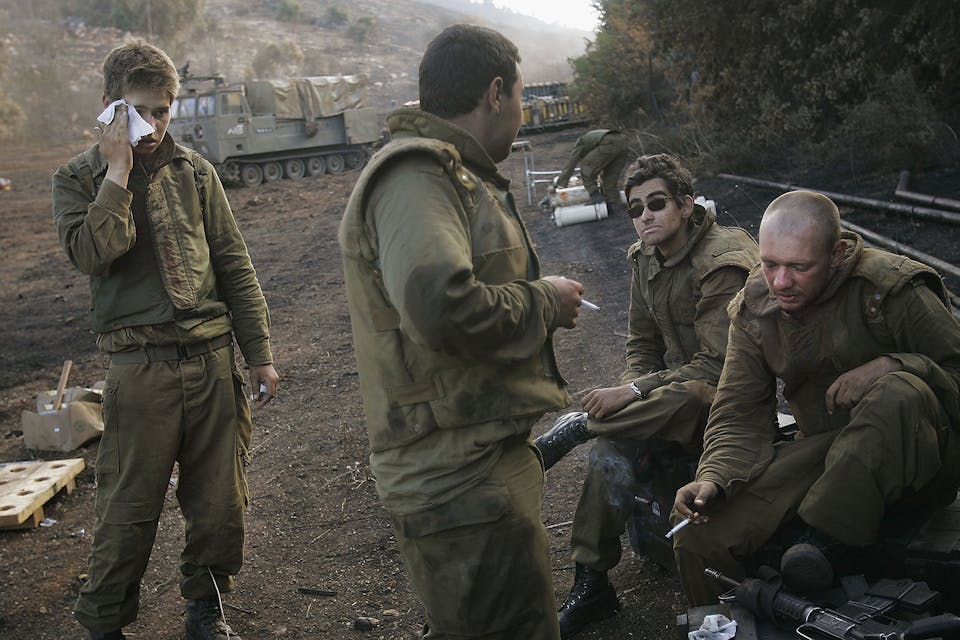
December 27, 2018
Playing Defense in Lebanon
A new book explores the changing tactics, and essential continuities, in Israel's decades-long but mostly undeclared war against Hizballah.
One day in the mid-1950s, at a time of rising guerrilla incursions from Gaza, the Israeli chief of staff, Moshe Dayan, arrived to inspect a base on the border. The local commander proudly showed the one-eyed army chief the fortifications he’d built with his men, including trenches and reinforced emplacements. Imagine the commander’s rude surprise when, instead of praising him, Dayan asked furiously: “What did you dig in for? If anything serious happens, we want to attack, not defend!”
Dayan not only ordered the junior commander to fill in the trenches and take apart the emplacements but, according to his biographer Shabtai Tevet, went on to “forbid the digging of defensive networks anywhere along Israel’s borders.” The new Israeli army was supposed to be mobile and unpredictable, not to hobble itself in earthworks and concrete.
Just over 40 years later, in early 1998, I arrived as an infantryman at an Israeli outpost in south Lebanon. At this outpost, a forward position in the army’s long war against Hizballah fighters, there were trenches, concrete emplacements, and bunkers where we sheltered from shelling. Similar positions were to be found on nearby hilltops, all accessed by lumbering armored convoys that came up the roads from Israel. Beyond some minor activity like preparing ambushes or patrolling roads, and the odd special operation generating great excitement but little value, the army seemed to have no mobility, no real plan, and no hope of winning. We had fortifications and technology. The enemy had the initiative.